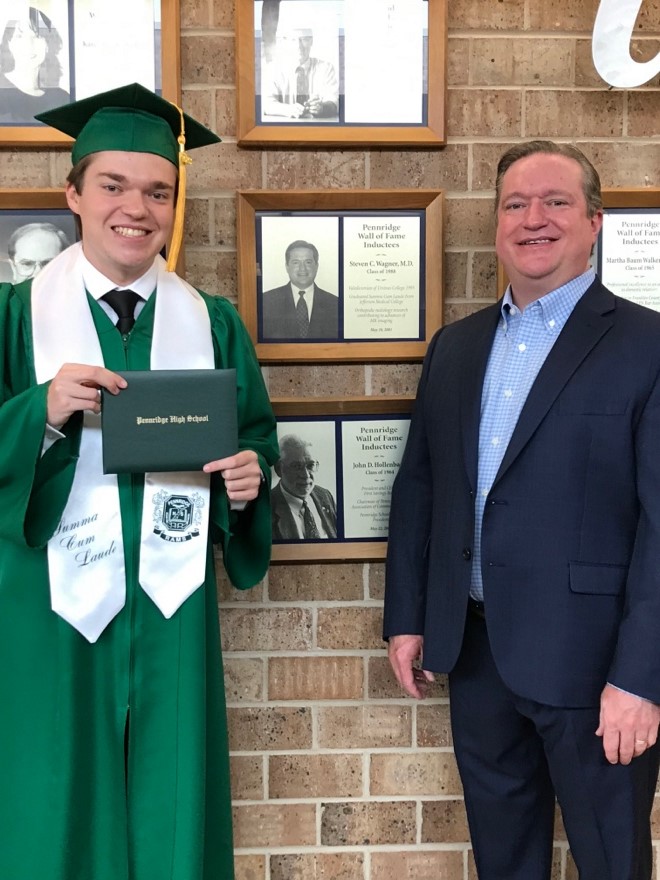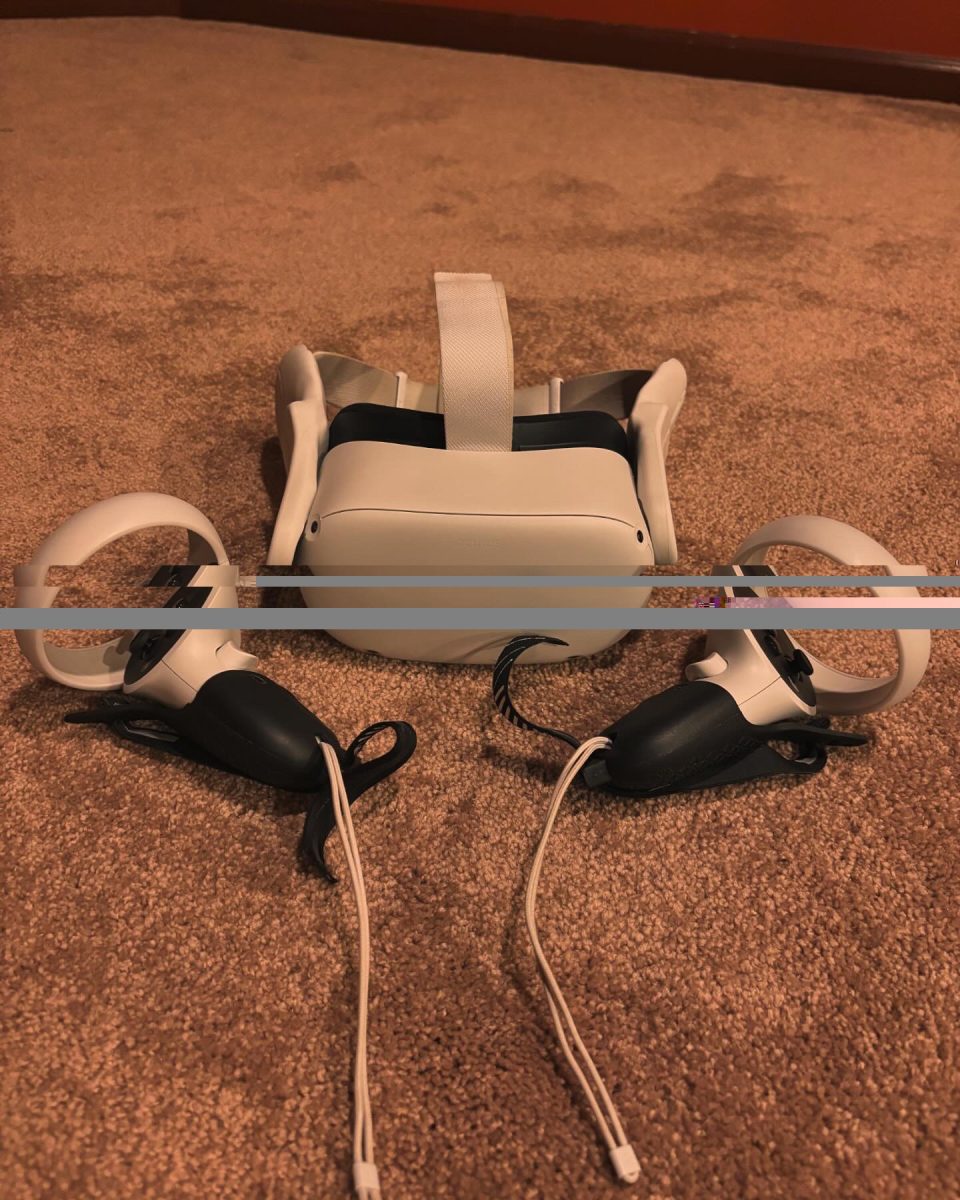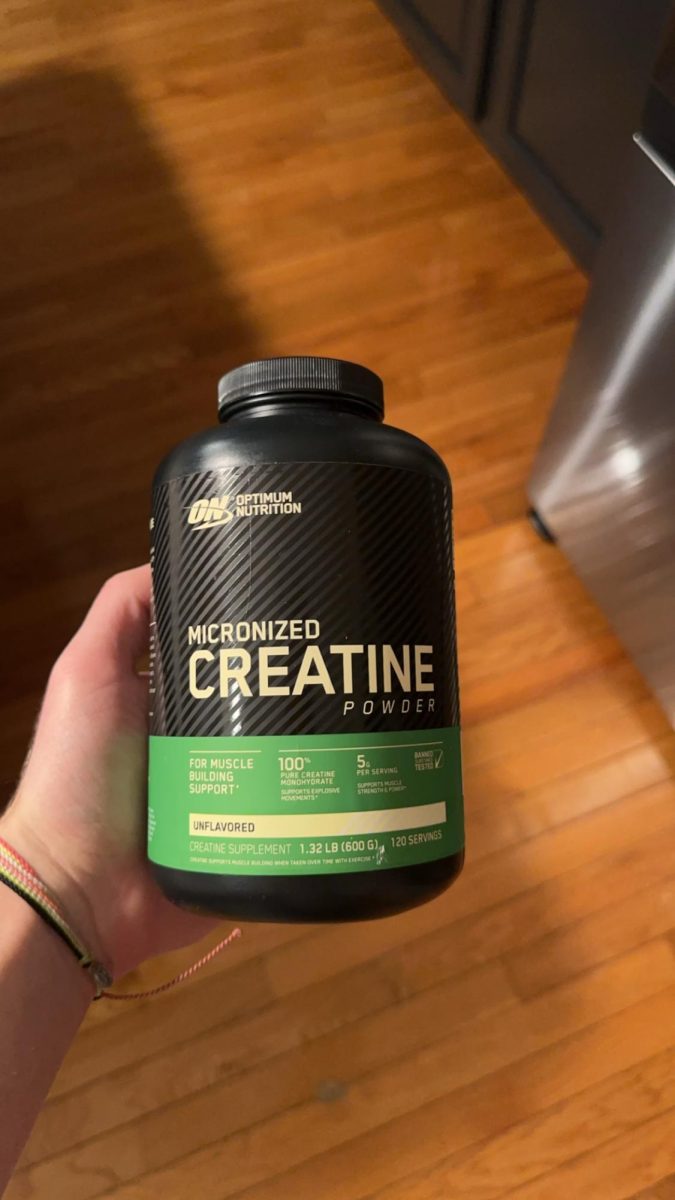A stroke at seven years old changed Dr. Steven Wagner’s life forever. His story inspires hope, determination, and perseverance. In July 1977, Dr. Wagner suffered a hemorrhagic stroke after he fell off a car trailer at his home in Perkasie, Pennsylvania. His fall caused a brain bleed from the rupturing of his arteriovenous malformation, a group of tangled arteries and veins that connect in the brain. His stroke limited many aspects of his life, but he stayed optimistic finding a passion for dirt bike racing and automobiles. He reflected on his stroke when considering a career, eventually deciding to go into the medical field. Dr. Wagner’s remarkable journey and success earned his spot on the Wall of Fame at Pennridge High School.
Dr. Wagner fell off the car trailer and immediately the right half of his body stopped working. Half of his body was paralyzed. As a year 7-year-old, “I thought I woke up too early and my body was still asleep,” he said. He compared how he felt physically in the moment to “the feeling of your leg falling asleep,” he explained. Wagner crawled to his house, and his mother, Mildred Wagner, rushed him to Doylestown Hospital. Dr. Wagner explained the limited medical technology he had at the time, making it harder for doctors to understand what was wrong with him. “It took a week for them to figure out what was wrong,” he said. Since it was 1977, “All they had were x-rays,” Dr. Wagner discussed from his initial moments at Doylestown Hospital. He was then sent to Temple where they had the first CAT scan of the brain. From there, he went to St. Christopher’s Hospital for Children for an arteriogram, which at the time, was the only way to see the arteries. They were then able to figure out he had a stroke.
Wagner had two choices, “do nothing and hope for the best, or do a 23-hour brain operation to fix the AVM,” he explained. When asked how he felt about the surgery as a 7-year-old, “I wanted to do anything that would fix it to get me out of the wheelchair,” he responded. The surgery entailed removing a piece of the skull to remove the part of the brain that was bleeding and put the skull back. Dr. Wagner’s sister, Joanne Force, was with him throughout. She remembered the surgeon who operated, and he was, “best on the east coast; Dr. Truex.” Wagner’s family was there through the surgery. Force sat in the waiting room with, “a rosary because I was so worried about him,” she remembered. Dr. Wagner described his first memory after waking up from the surgery. He recounted, “There was another kid next to me and he looked at me funny. He said, ‘What did they do to your head?’ I said, ‘What do you mean?’ He said, ‘They shaved half your head.’”
He spent six months in St. Christopher’s Hospital for Children. That time was never alone because his mom stayed with him all the time. The family was always there to support Dr. Wagner. “Every night we would go to the hospital to see him,” Force stated. He also had support from other kids in the hospital. “All my friends were other kids in the hospital that were sick. Most had cancer,” he mentioned. It was hard for him to make connections with kids in the hospital as most died from cancer. Dr. Wagner started learning how to move again going from a wheelchair to a walker and then to a cane. After 6 months, the cane indicated he could go home. Continuing his recovery care after the hospital consisted of speech, physical, and occupational therapy. He described, “physical therapy for 3 or 4 years in Doylestown Hospital, and occupational.” The worst part for him was the arteriograms. “I hated them,” Dr. Wagner declared. After his time in the hospital, he had to continue doing them as a check. They had to ensure Wagner wouldn’t have another stroke. He said he would, “go for one every couple months, then every year.”
His school experience was impacted greatly after the stroke. “First half of third grade in the hospital, then last half I got a tutor to come to the house to keep up with the grade level; went back to school, and it was fourth grade,” Dr. Wagner explained. When he got back to school, he felt very different from everyone else because he was a fourth grader with a cane and a brace on his right leg. He wore the brace through the rest of schooling, stopping at 18 years old. “People thought you were weird,” he vocalized. He was separate from the other students because he couldn’t join their games. “All through school I wasn’t able to play any contact sports where you could get hit in the head,” he stated. While all the other students participated in gym class, Wagner couldn’t.
Dr. Wagner’s physical limits prompted him to develop new interests. At age 12, he got a dirt bike to race. “That’s technically a solo sport and not contact unless you crash,” he argued to Dr. Truex. Wagner needed to do something, so this was his sport. He was able to race his dirt bike by modifying it to fit his right leg with the brace. “Riding dirt bikes was a way of relieving stress,” he explained. Being the only sport he could participate in, dirt bike racing became one of his biggest passions. It then sparked his interest in automobiles. He went on to build a car with his father entirely from scratch. Cars and racing are now the most significant pieces of Dr. Wagner’s life.
The stroke Dr. Wagner had, contributed to his decision to become a doctor. He felt a sense of comfort in the hospital environment seeing that he spent much time there. He expressed, “Most of my childhood in and out of the hospital, you would either hate hospitals or for me it was interesting.” Wanger later said, “It was like a second home.” He was inspired to help other stroke patients like Dr. Truex did. Throughout medical school, “I originally wanted to be a neurosurgeon,” he said. At the last minute, he chose to be an interventional radiologist.
Recognizing Dr. Wagner’s remarkable story of resilience, his sister helped him earn a place on the Wall of Fame at Pennridge. Force said she, “nominated him for the first hall of fame and told his story.” She believes the experience, “made him smarter, more determined, driven.” She is proud of how far Wagner has gotten in life. Force happily noted, “It’s amazing he became a doctor.” Dr. Wagner’s sister saw his achievement and commended him for it.
The whole right side of Wanger’s body is still slightly weaker with the most significant impact being his leg. “When I wear shorts, you can tell my right leg is real thin because the muscles never developed,” Wagner described. “I still have a limp because of it,” he said. When asked if people notice his limp, he explained, “When I’m tired, haven’t slept a lot, people notice it more.” Dr. Wagner is happy about how far he has come stating, “It’s amazing how much has come back.”
Dr. Wagner’s overall attitude toward his stroke was positive. He never let his limitations overpower optimism. He noted, “I was a miracle success story.” Wagner’s experience inspires hope, a strong family connection, and perseverance. His stroke affected his life greatly, causing him to develop a passion for racing and automobiles. It motivated his decision to become a doctor. It prompted his nomination and spot on the Wall of Fame at Pennridge. Dr. Wagner embodies determination and resilience.






